Landfill Liner Systems
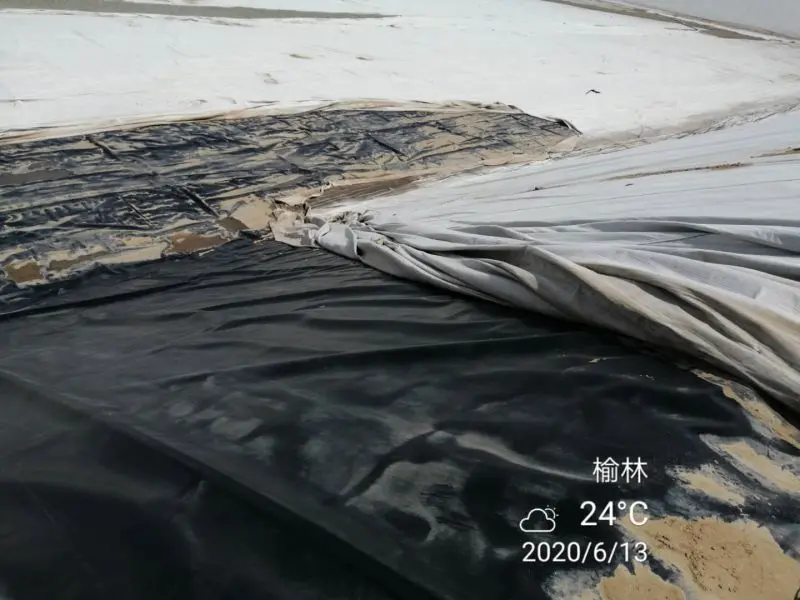
Landfill liner systems are engineered structures designed to contain and isolate waste materials from the surrounding environment. The primary goal is to prevent the leaching of contaminants into the soil and groundwater, safeguarding ecosystems and human health. Traditional liner systems often utilized clay and other natural materials, but advancements in geosynthetic technology have led to the adoption of synthetic materials for enhanced performance.
Types of Geosynthetic Materials used in landfill liner system
1, Geomembranes:
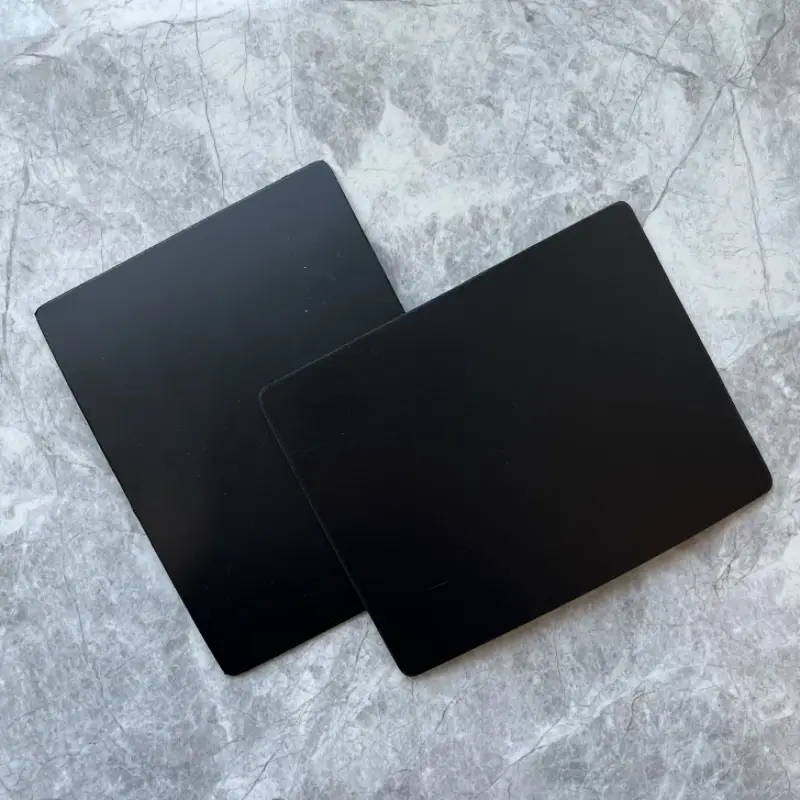
Geomembranes are impermeable synthetic membranes that serve as the primary barrier in landfill liner systems. Composed of materials like high-density polyethylene (HDPE), linear low-density polyethylene (LLDPE), and ethylene propylene diene monomer (EPDM), geomembranes create an effective barrier against the migration of liquids and gases.
2, Geotextiles:
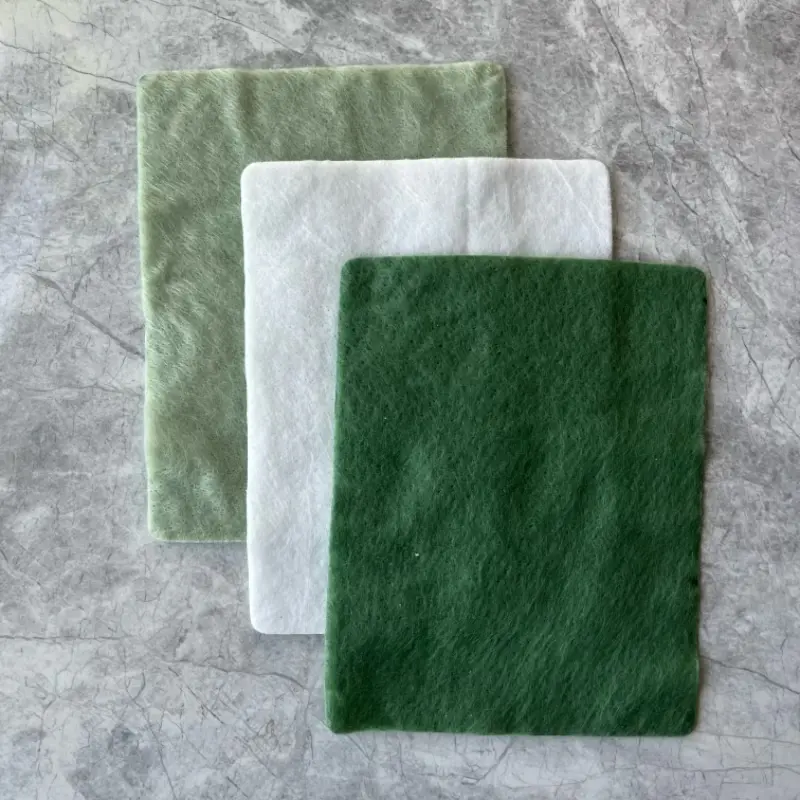
Geotextiles are permeable fabrics made from synthetic materials such as polypropylene or polyester. They are used in conjunction with geomembranes to provide additional strength, drainage, and filtration capabilities within the liner system. Geotextiles prevent the intrusion of fine particles into the drainage layer, maintaining the integrity of the landfill structure.
3, Geocomposites:
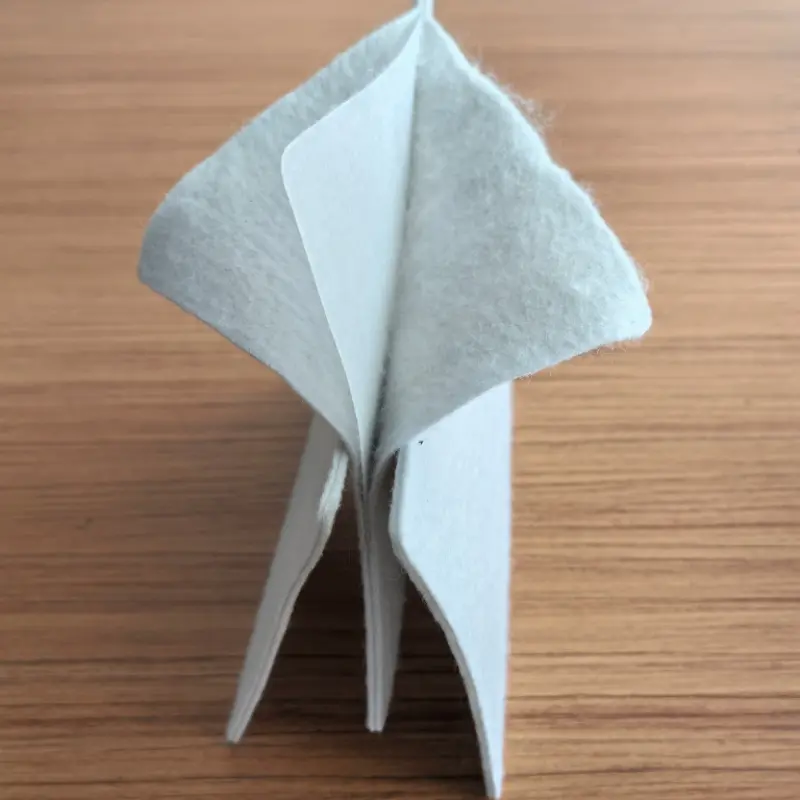
Geocomposites combine different geosynthetic materials to achieve specific engineering properties. For example, a geocomposite may integrate a geomembrane and geotextile to enhance both impermeability and filtration. This versatile approach allows for tailoring the liner system to meet the specific requirements of different landfill environments.
4, 3D drainage net
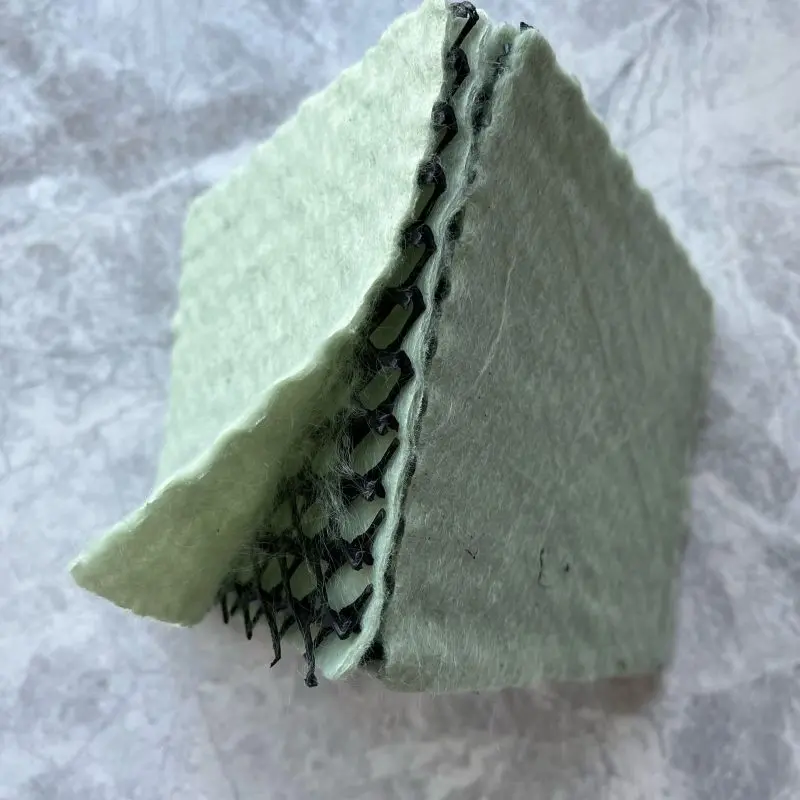
the 3D drainage net plays a crucial role by optimizing water management and drainage systems, effectively preventing water retention and infiltration, reducing the burden of leachate, and enhancing the stability of the landfill. Its drainage functionality not only helps maintain water balance and slow down the decomposition of organic matter but also lowers the cost of leachate treatment. Simultaneously, the 3D drainage net, by preventing soil erosion and enhancing impermeability, safeguards surrounding soil quality, providing a viable solution for the environmental friendliness and sustainability of landfill sites.
5, GCL
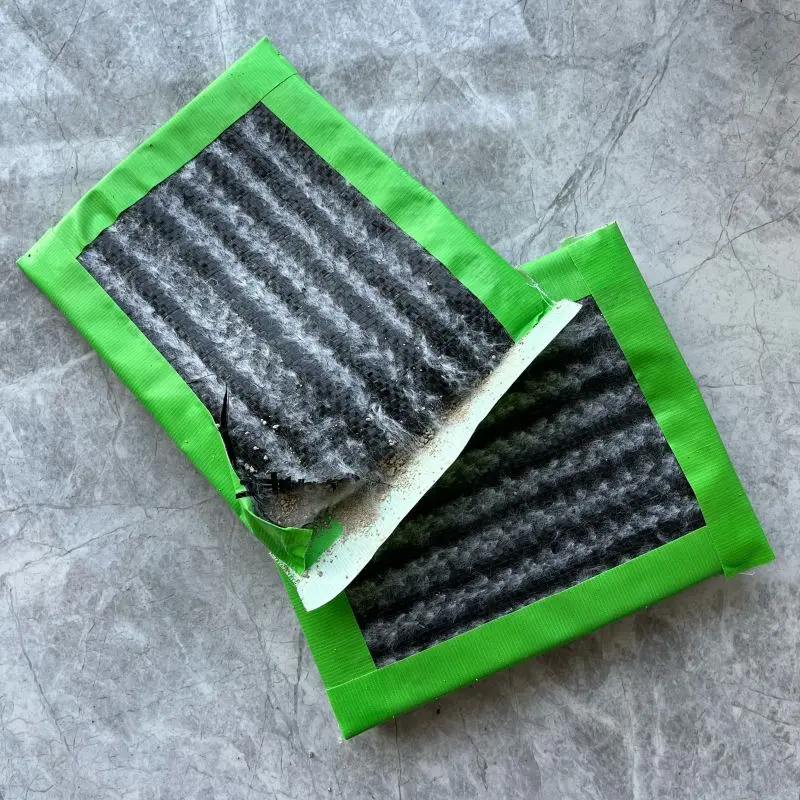
GCL (Geosynthetic Clay Liner) also is a very important products used in landfill sites, serving as an effective impermeable material widely employed in the landfill's containment system. GCL's primary functions include preventing the penetration of leachate, effectively isolating the waste from groundwater, thereby reducing the generation of leachate. Additionally, GCL exhibits superior anti-permeability performance, helping to shield the surrounding environment from the contamination of harmful substances and enhancing the environmental safety of the landfill. Its straightforward installation and cost-effectiveness make it a vital component in the landfill liner, providing a reliable solution for the effective management of leachate and the maintenance of environmental health.
Benefits of Geosynthetic Materials in Landfill Liner Systems:
1, Improved Performance: Geosynthetic materials offer enhanced performance compared to traditional clay liners. Their uniform composition and manufacturing processes result in consistent barrier properties, reducing the risk of leaks and contaminant migration.
2, Cost-Efficiency: Geosynthetic materials often prove more cost-effective than traditional liners. The ease of installation, reduced material requirements, and longevity contribute to overall cost savings in the construction and maintenance of landfill liner systems.
3, Environmental Protection: By preventing the migration of contaminants, geosynthetic liners contribute significantly to environmental protection. They safeguard groundwater quality, protect ecosystems, and mitigate the risks associated with hazardous waste disposal.
Geosynthetic materials have revolutionized landfill liner systems, providing effective barriers against the migration of contaminants and contributing to improved environmental protection. The versatility, cost-efficiency, and enhanced performance of these materials make them invaluable components in modern waste management practices. As technology continues to advance, ongoing research and innovation in geosynthetics will likely lead to further improvements in landfill liner systems, ensuring a sustainable and environmentally responsible approach to waste disposal.
FAQ
1: What is a landfill liner system, and why is geosynthetic material used in it?
A landfill liner system is an engineered structure designed to contain and isolate waste materials in landfills. Geosynthetic materials, such as geomembranes and geotextiles, are used in these systems to create an impermeable barrier, preventing the migration of contaminants into the surrounding environment.
2: What types of geosynthetic materials are commonly used in landfill liner systems?
Common geosynthetic materials include geomembranes (e.g., HDPE, LLDPE, EPDM), geotextiles, and geocomposites. These materials work together to provide effective containment, drainage, and filtration properties in landfill liners.
3: How does geosynthetic material contribute to environmental protection in landfills?
Geosynthetic materials act as barriers, preventing the leaching of harmful substances into the soil and groundwater. This helps protect ecosystems, preserve water quality, and mitigate the environmental impact of landfill sites.
4: What role does a 3D drainage net play in a landfill liner system, and how does it complement geosynthetic materials?
A 3D drainage net enhances drainage efficiency in landfill liner systems, preventing water accumulation and promoting effective leachate removal. It complements geosynthetic materials by optimizing water management, reducing the risk of liner damage, and improving overall stability.
5: Are geosynthetic materials cost-effective compared to traditional landfill liners?
Yes, geosynthetic materials are often more cost-effective due to factors such as easier installation, reduced material requirements, and longevity. Their efficiency in preventing contamination and minimizing environmental impact contributes to long-term cost savings.
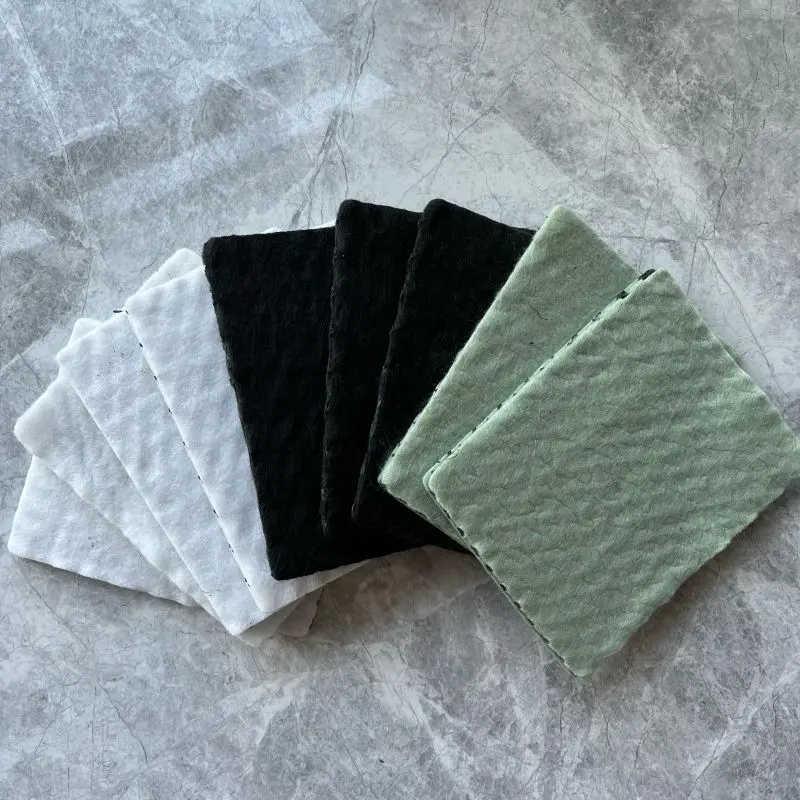
897.webp)
942.webp)
237.webp)